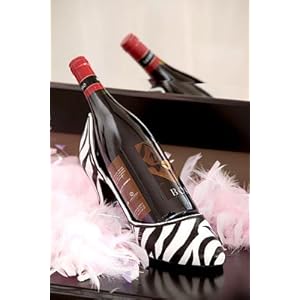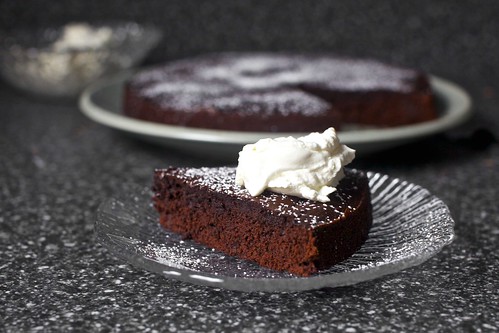Let's face it, it's vegetable season! Bright red tomatoes, large squash and zucchini, crisp bell peppers, and even several heads of bok choy. But what is a cook supposed to pair with these traditional vegetables? Vegetables are difficult to pair due to their acidity and bitterness, but that doesn't mean we can't find something to suit your fancy! Let's try a few examples:
Harvest
(Photo from Google Images)
Always match the weight of your wine with the weight of your vegetable. Typically speaking, if you cook the vegetables (without a meat)... let's say, saute in vegetable oil, then you will have a medium bodied food dish. [If you were to steam the vegetables, without any real sauce, then the weight of your food would be light bodied. And if you were to add some meat like lamb or beef, then the odds are you can add a heavy bodied wine. Make sense?]
Let's say we saute some fresh bok choy in olive oil and sesame oil with some green onions and garlic? What medium bodied wine can we pair with this?
Sauteed Bok Choy
(Photo from Google Images)
The oil base adds texture that you will want to cut through with your wine. Try some medium-bodied Albarinos, Petit Manseng, Pinot Grigio, Traminette, or Riesling. These are also perfect light rose or blush wine meals, or even Champagnes and bubblies!
However, steaming, like the green beans below, does not impart any additional flavor. Try something extremely unoaked and fresh like a Sauvignon Blanc, Chenin Blanc, Gruner Veltliner, Cayuga, or even a Vidal Blanc. A Cabernet Sauvignon might work here - if you like the vegetal nature of this old-world variety. But of course, that's your preference!
Steamed Green Beans
(Photo from Google Images
Butternut squash soup, one of my favs, is slightly thick and creamy. If you're like me, it may also have some spice from an additional touch of curry and red pepper flakes. Some people add dollops of cream to enhance the flavor and fun. This is also a good pumpkin-based recipe, which I have seen with added almonds and crab (imagine that...)
Butternut Squash Soup with Cream
(Photo from Google Images)
The soup is thicker, but not so heavy that you'd want to grab for a deep red. Why not try a buttery Chardonnay from California, the eastern U.S. or Burgundy? A nice sweet Riesling would pair nicely with this. Or try another aromatic white with some residual sugar: Traminette, Vidal Blanc, and Vignoles. Want a red? Here again, I'd grab a Pinot Noir from Burgundy or Oregon, maybe a Rhone (French) blend, Chianti (Sangiovese), or a light Merlot (stay away from the California Merlots - they are typically not "light.")
Fresh roasted peppers straight from the garden... yummm.... Again here you have the oil base which will add some texture to the food, but I would stick with Sauvignon Blanc, Gruner Veltliner, Gewurztraminer, Cayuga, rose wines, and unoaked, acidic whites.
Roasted Red Peppers
(Photo from Google Images)
Ratatouille - one of my favorite vegetable medleys! Let's keep it Italian and stick with some Chianti's, Sangiovese's, Barbara's and perhaps even Mouvedre or Gamay! (If you want to keep it French, try a Beaujolais.)
Ratatouille
(Photo from Google Images)
Oh salsa... I don't know how anyone can get through a fall season without making some sort of salsa. The salsa pictured below is salsa cruda with jicama, cucumber, tomatoes, cilantro, garlic, and lime juice.
Salsa Cruda
(Photo from Google Images)
Try something that will keep up with the hotness in the dish, but still relatively light and fresh - Catawbwa, Cayuga, Sauvignon Blanc, or, my favorite, sparkling wine (bubbles!).
Bottom line - eat what you like, drink what you like, and enjoy this harvest season!







